The year 2017 looked decidedly successful in 2017. iPhone celebrated 10 years, Apple Watch they got TV Shows 3, the new iPad Pro and Apple TV 4K have arrived, the iMac portfolio has grown to include a professional machine, and two brand new products have also been announced – HomePod a AirPower. But four years later, the light of many of these products has faded considerably.
It could be interest you
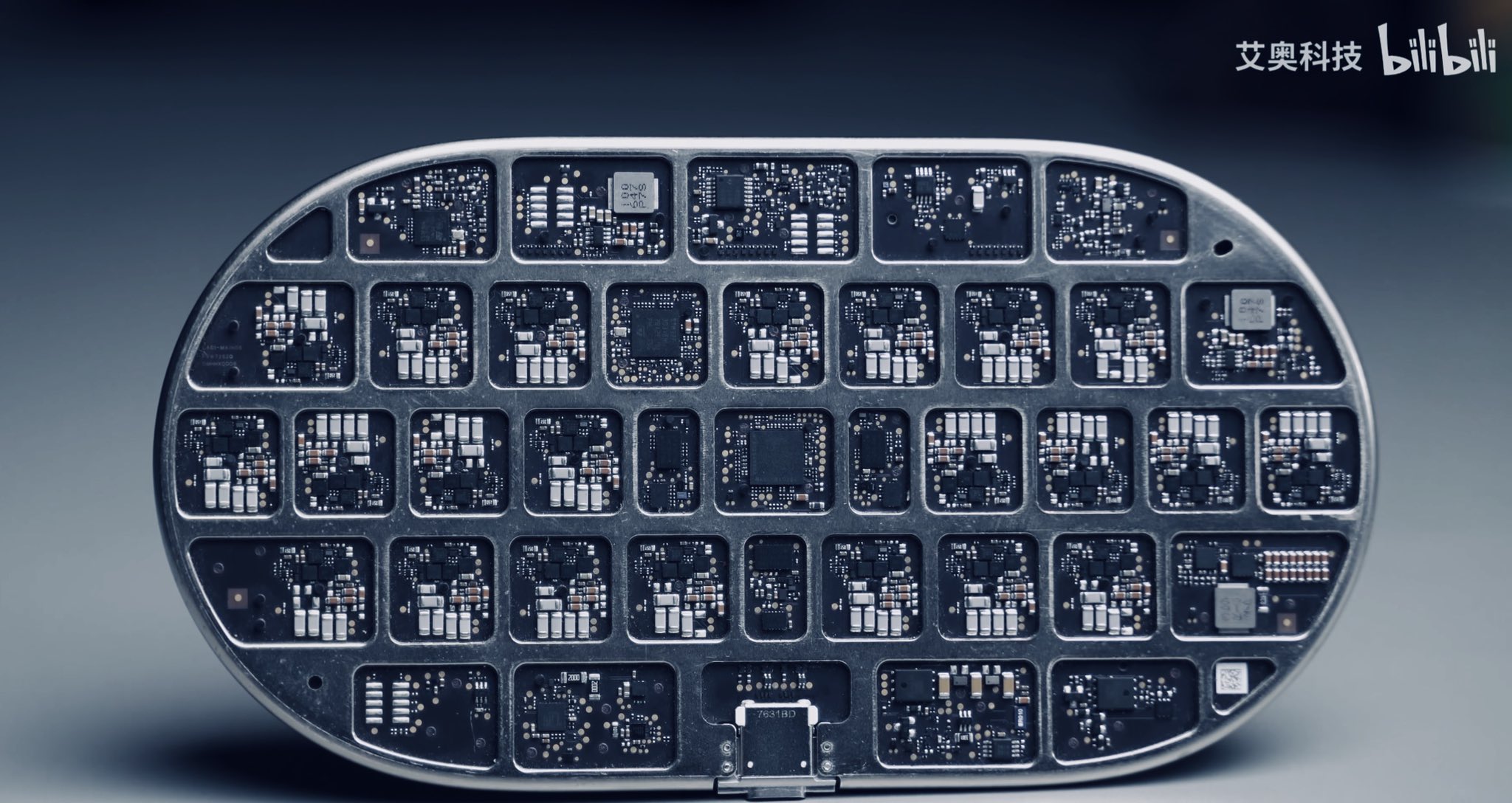
Wireless charger AirPower did not see the light of day
AirPower there should have been a wireless charger on the base Qi, which was supposed to be able to simultaneously charge the iPhone, Apple Watch and AirPods. Its internal structure thus consisted of three coils, each of which was supposed to charge one device. It could have been a revolution in wireless charging, but Apple couldn't solve the overheating of the charger and discontinued its development two years after its introduction.
And that was the problem. Apple introduced this charger - if it hadn't, it wouldn't have been the target of innuendos, jokes, and of course criticism for showing the world a product it doesn't have. However, the company learned its lesson and 3 years later came up with a redesigned device. This is a charger MagSafe Duo, which can only charge iPhone and Apple at the same time Watch, but it works as it really should.
It could be interest you
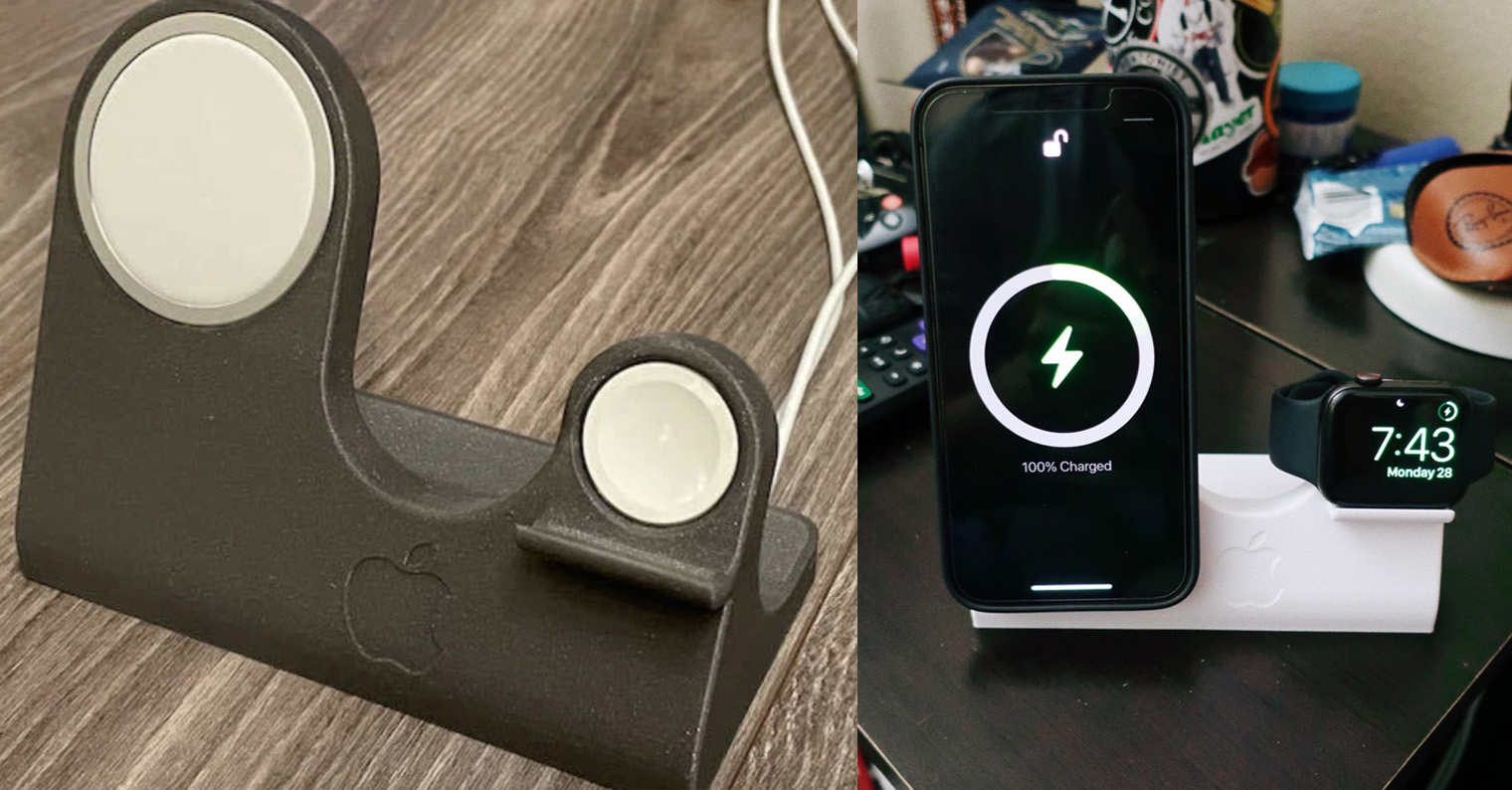
iMac Pro with no future
Although the iMac Pro had the same design as a whole range of these ALL-in the-one computers, it was distinguished by its space gray finish (which was also given to the peripherals - keyboard, mouse and trackpad) and of course hardware parameters. It was supposed to be an alternative for professionals who don't want a Mac Pro and it was a really powerful machine. With the first ever Intel processor Xeon in Macs, it included up to an 18-core processor, 128GB of RAM, and 4TB of flash storage.
When Apple announced the new Mac Pro with Pro Display XDR at WWDC19, the iMac Pro was no longer considered a bargain. The new Apple Silicon chips, with which the entire portfolio of iMacs should be revitalized, definitely knocked him down. Here, the iMac Pro with an Intel processor would lose its meaning completely (in addition, Apple wants to get rid of its chips as soon as possible). Since the news will be user-configurable, it is not clear what the Pro model should have in addition to distinguish itself from them. Apple has thus definitively ended it, so far without the possibility of an early return to the portfolio. The sad part is that the iMac Pro line included only one model, which was only around for four years. This entire development branch seems unnecessary in light of the company's current transformation - although perhaps some professional using an iMac Pro could object to many things.
It could be interest you

Overpriced HomePod
Loyal users of the original HomePod, which was also introduced in 2017, they consider it the company's most misunderstood device. In any case, this is a quality speaker with powerful bass, good surround sound features and stereo mode with Siri support. Sure, you could object here that Siri doesn't speak Czech, but let's take the product in consideration of where it was officially available (which wasn't and isn't here). Apple worked on it for 5 years and built a special development center for its tests... and to pay for it all, set HomePod high a price tag of $349, which was a lot indeed. Because there was and still is much cheaper competition in the smart speaker segment providing comparable quality, it was not a blockbuster. Therefore, the company later also discounted it to $299.
With the arrival HomePod mini last year then the original HomePod it couldn't sell well because simply all customers went for the newer and smaller $99 device. Thanks to interconnection, they could also buy more of these devices and use them much more efficiently. HomePod has therefore been discontinued, Apple refers its customers to HomePod mini and we wonder if we'll ever see another smart speaker from the company. It would definitely be a shame to let such a potential die outright. Most likely, it will never be about who knows how enormous sales, but the product as such perfectly completes the entire ecosystem of the company, even with regard to the smart home running on the HomeKit platform, which HomePod can be the center of.
You can buy the HomePod mini here
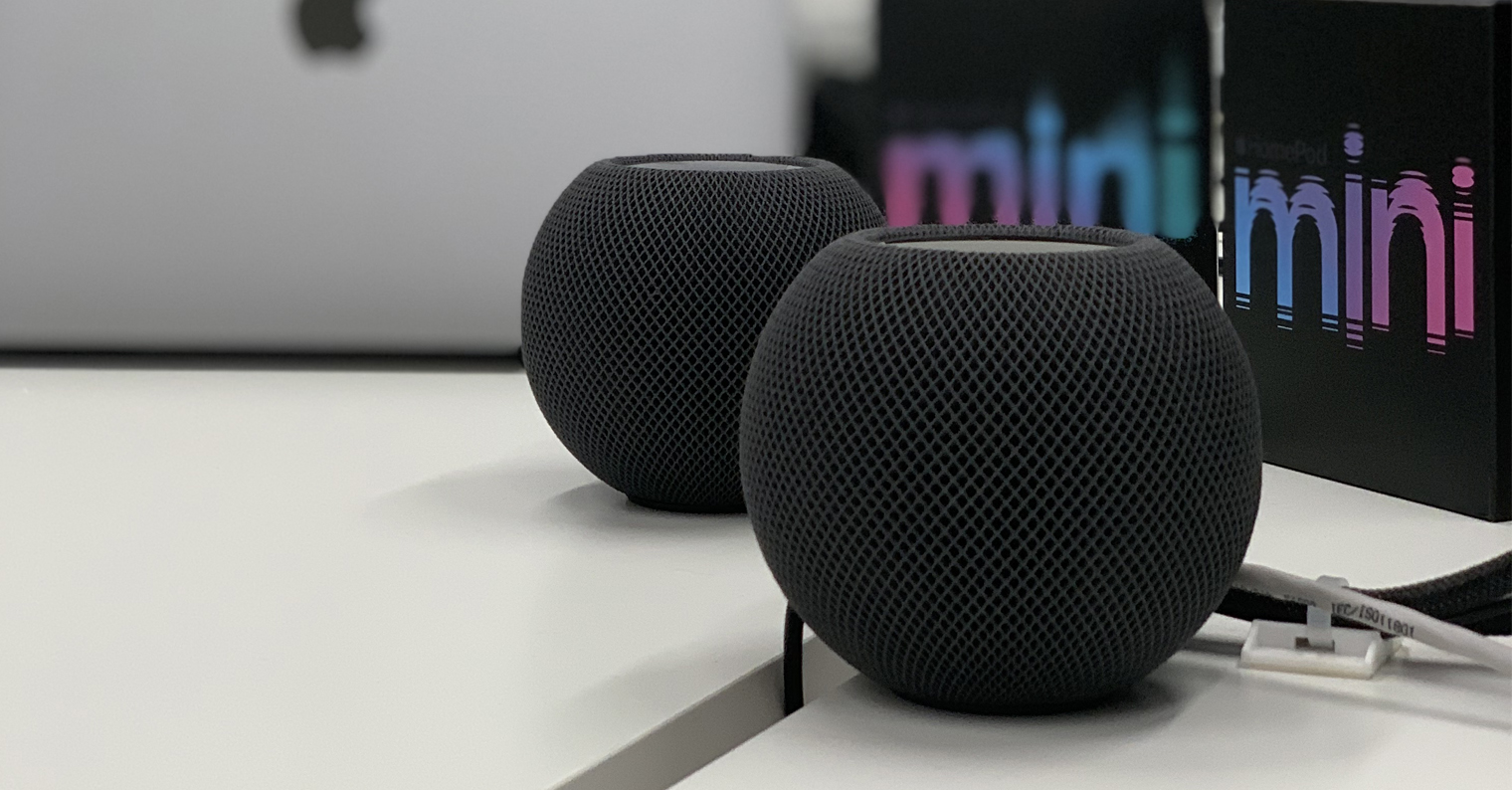
Next up are the Apple Watch Series 3 and Apple TV 4K
Apple Lossless Audio CODEC (ALAC), Watch TV Shows 3 the company is still selling, even though it only introduced it in 2017. It is the most affordable Apple watch that has been and is really successful. This is definitely not a criticism, but rather a prediction that they could leave Apple's portfolio this fall. With the arrival of the Series 7, they could clear the field and be replaced by the more modern SE model. At the same time, it could be cheaper than the current price of the Series 3. The main limitation of this series is the already slow S3 processor, but also only 8 GB of storage space, which often does not allow the installation of newer watchOS due to lack of free storage.
You can buy Apple Watch Series 3 here
Another device that is already in need of an update (or termination?) and was launched in 2017 is the Apple TV 4K. It is much more expensive than the competition in terms of form Chromecast and many of its functions are already held by most newer televisions. Not only you can do that AirPlay, but also offer access to the Apple TV+ service. This hardware Apple so it potentially scores only for those who want to turn their "dumb" TV into a "smart" TV and those who want to play games from the present on their TV App Store including those from Apple Arcade. They would certainly appreciate a better controller.
More snippets from 2017
- MacBook Pro brought the second (and still bad) generation of the butterfly keyboard.
- The MacBook Air received a hardware update, but kept the same design and the same poor display resolution.
- The second generation iPad Pro with Smart was introduced Keyboard. In its 12,9" variant, it suffered from a bad connection through the Smart connector. Apple solved it by replacing it piece by piece.
- Although the annual iPhone X showed the future design of phones without a desktop button, at the same time it suffered from the failure rate of the motherboard. However, the company sold the iPhone 8 until it introduced the 2nd generation iPhone SE, so it was certainly a successful model.
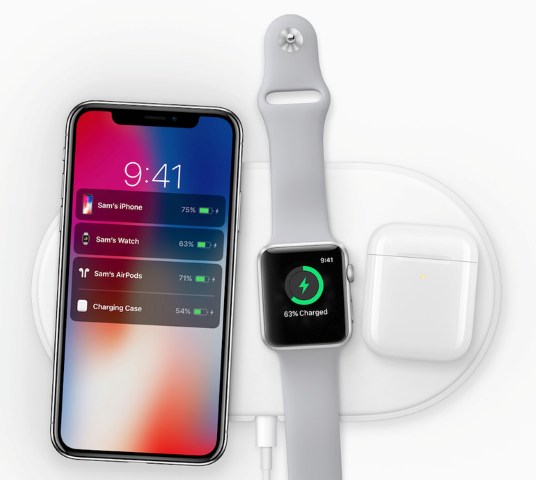
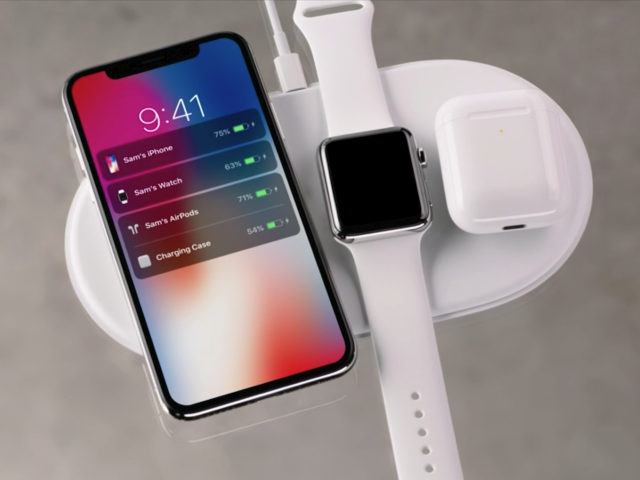
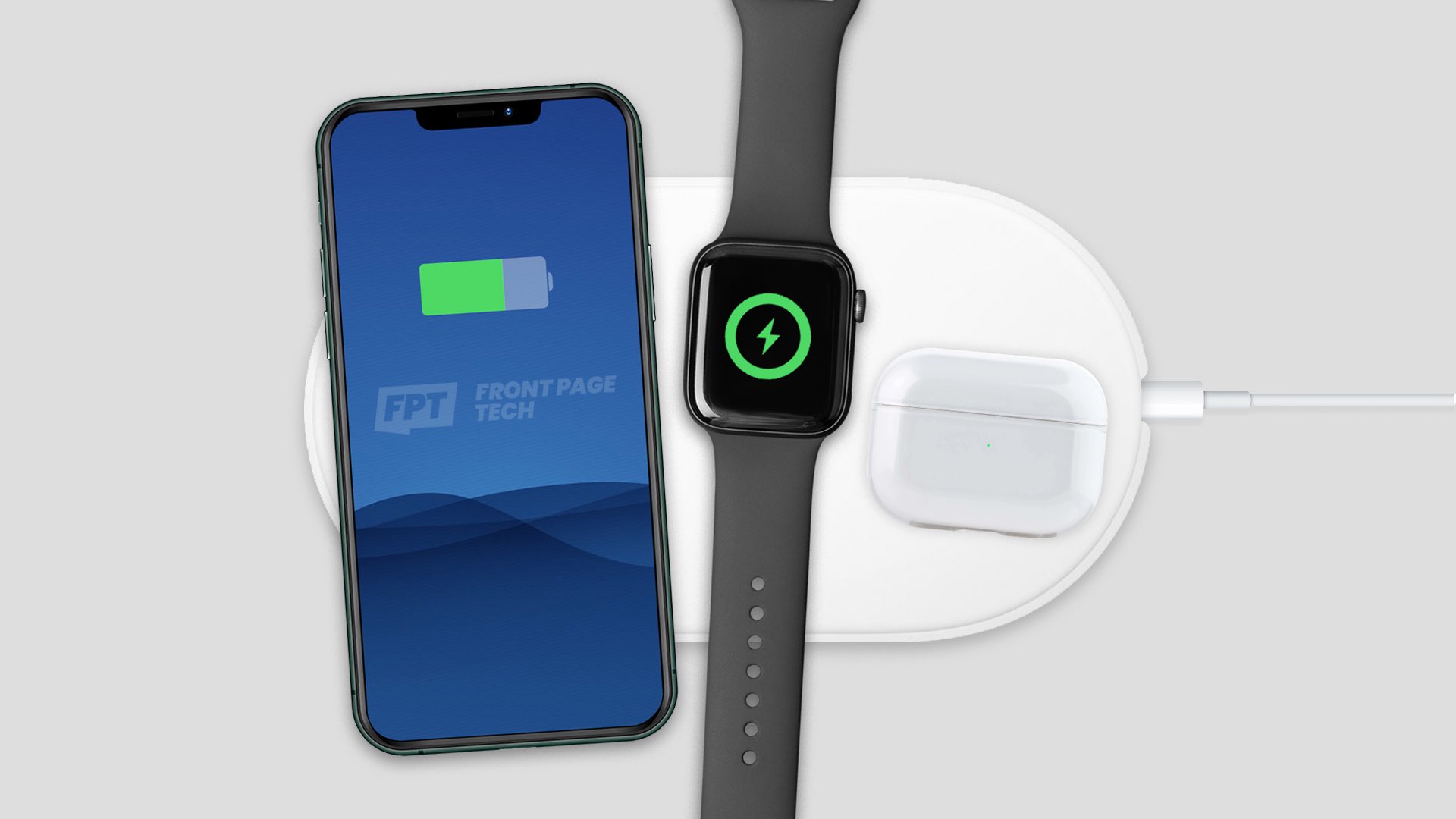
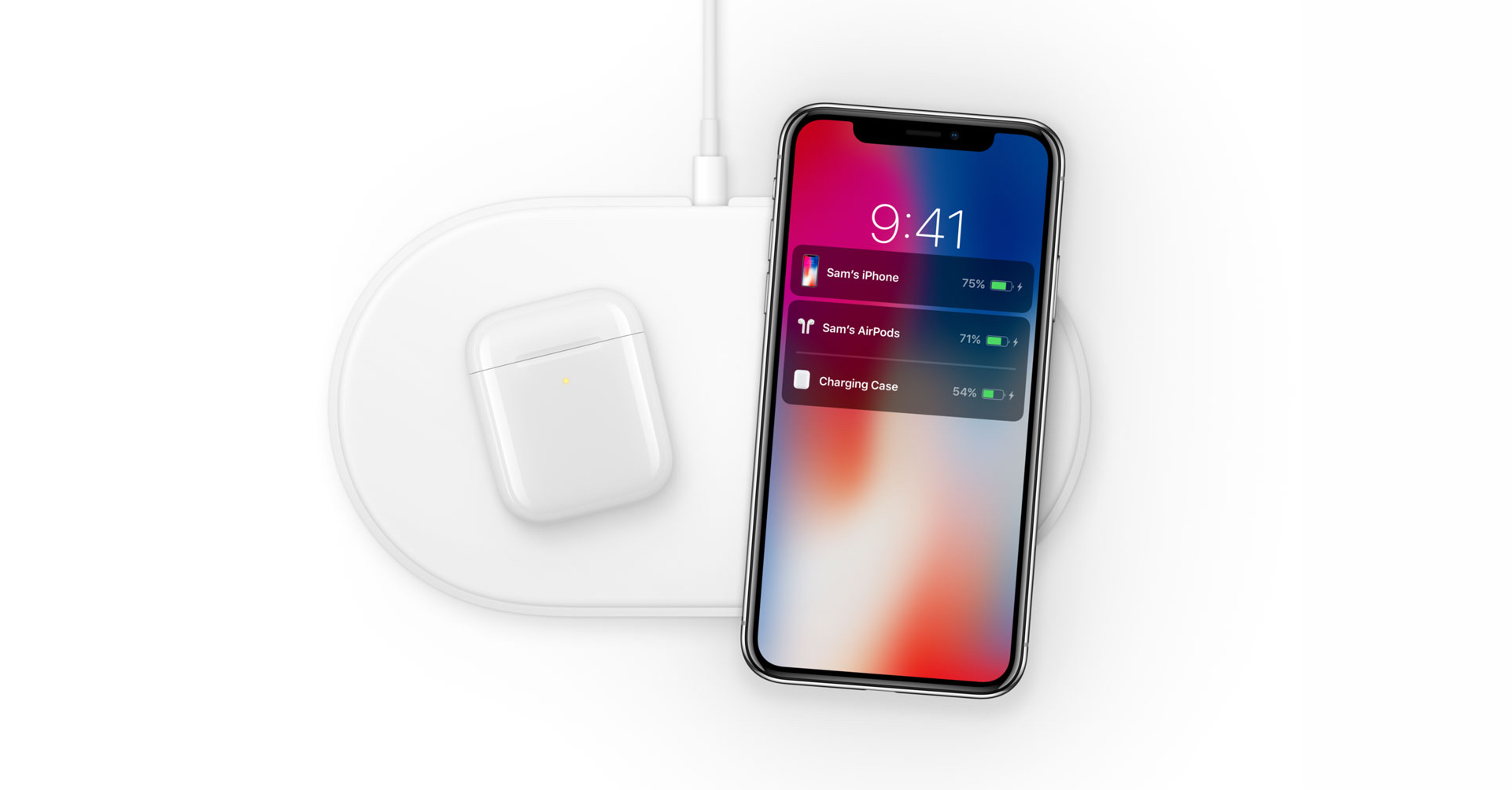
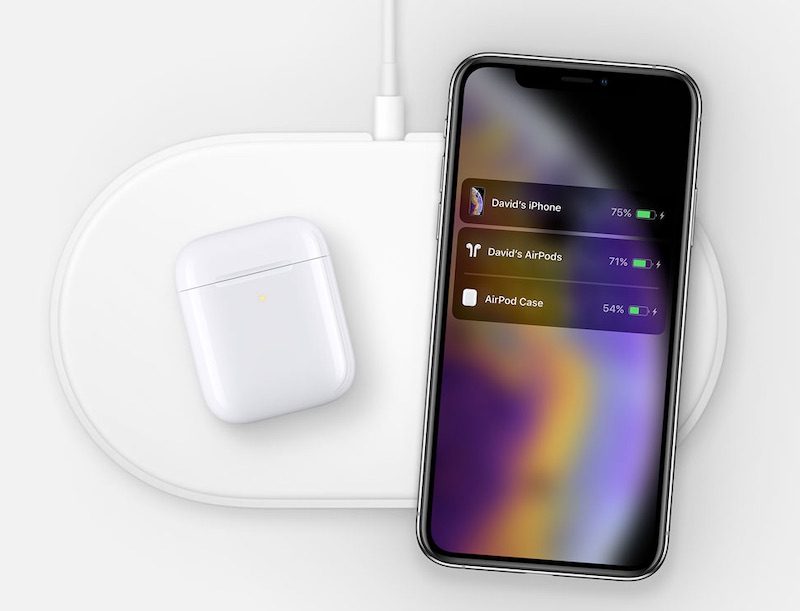
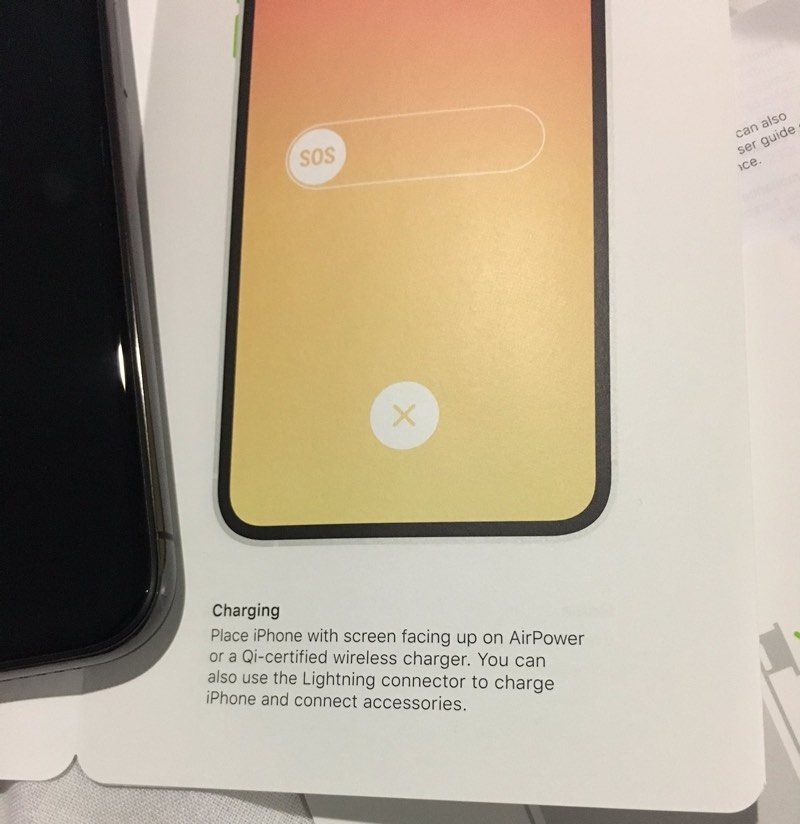
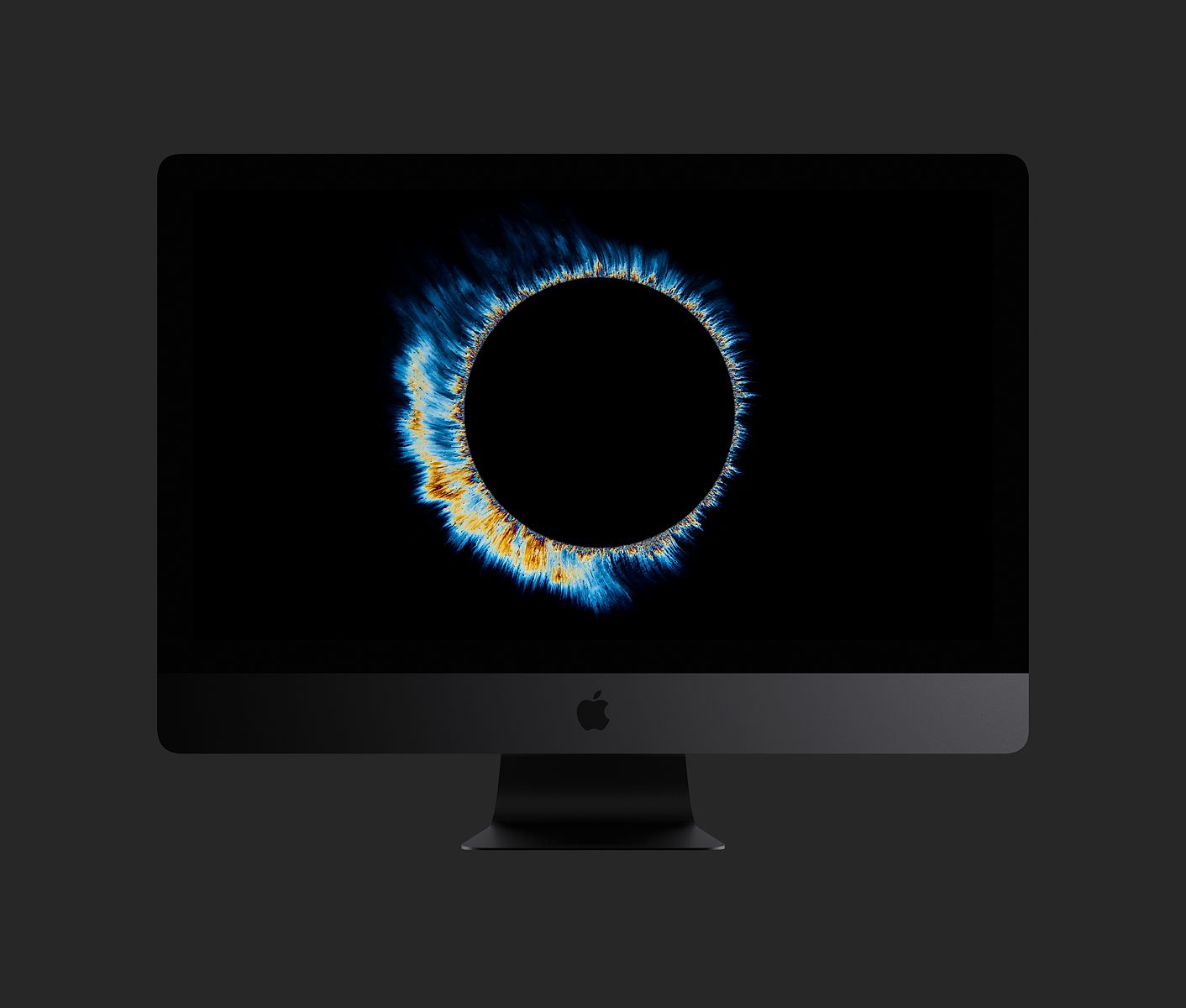


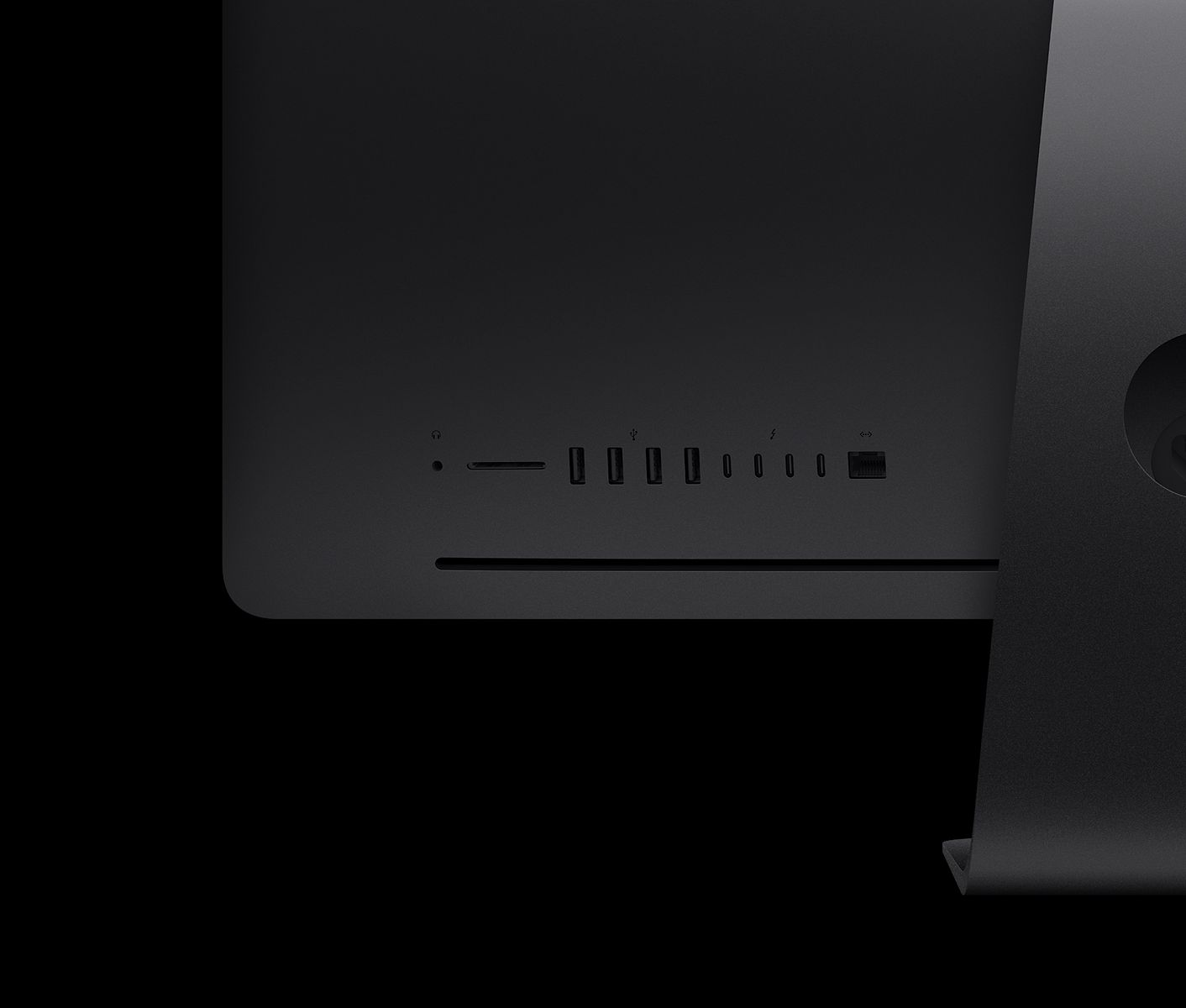

 Flying around the world with Apple
Flying around the world with Apple 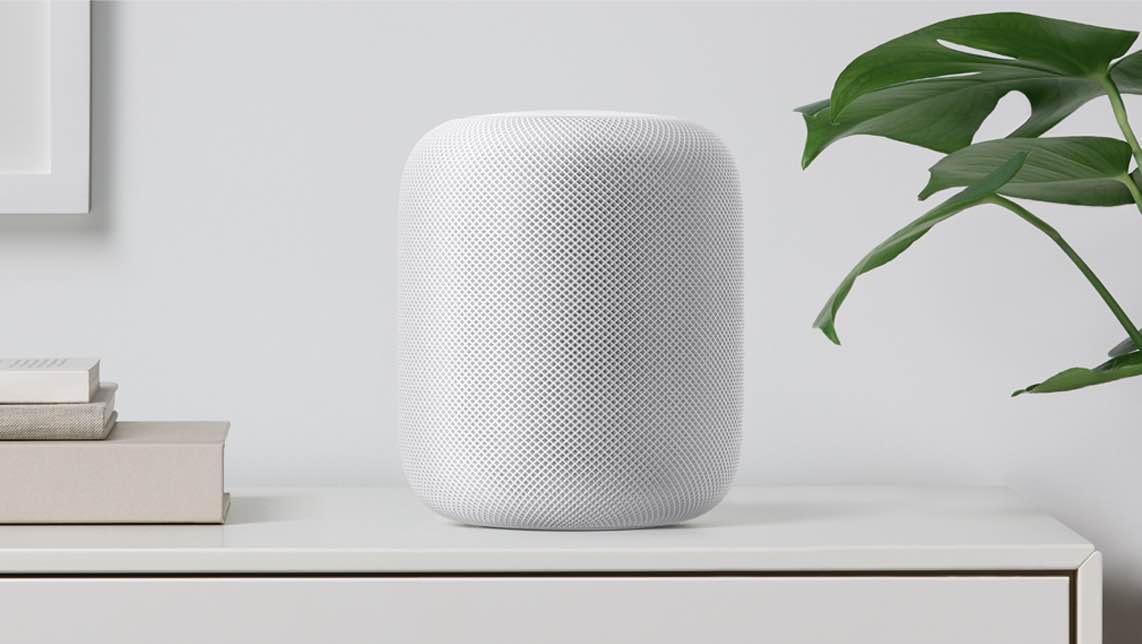
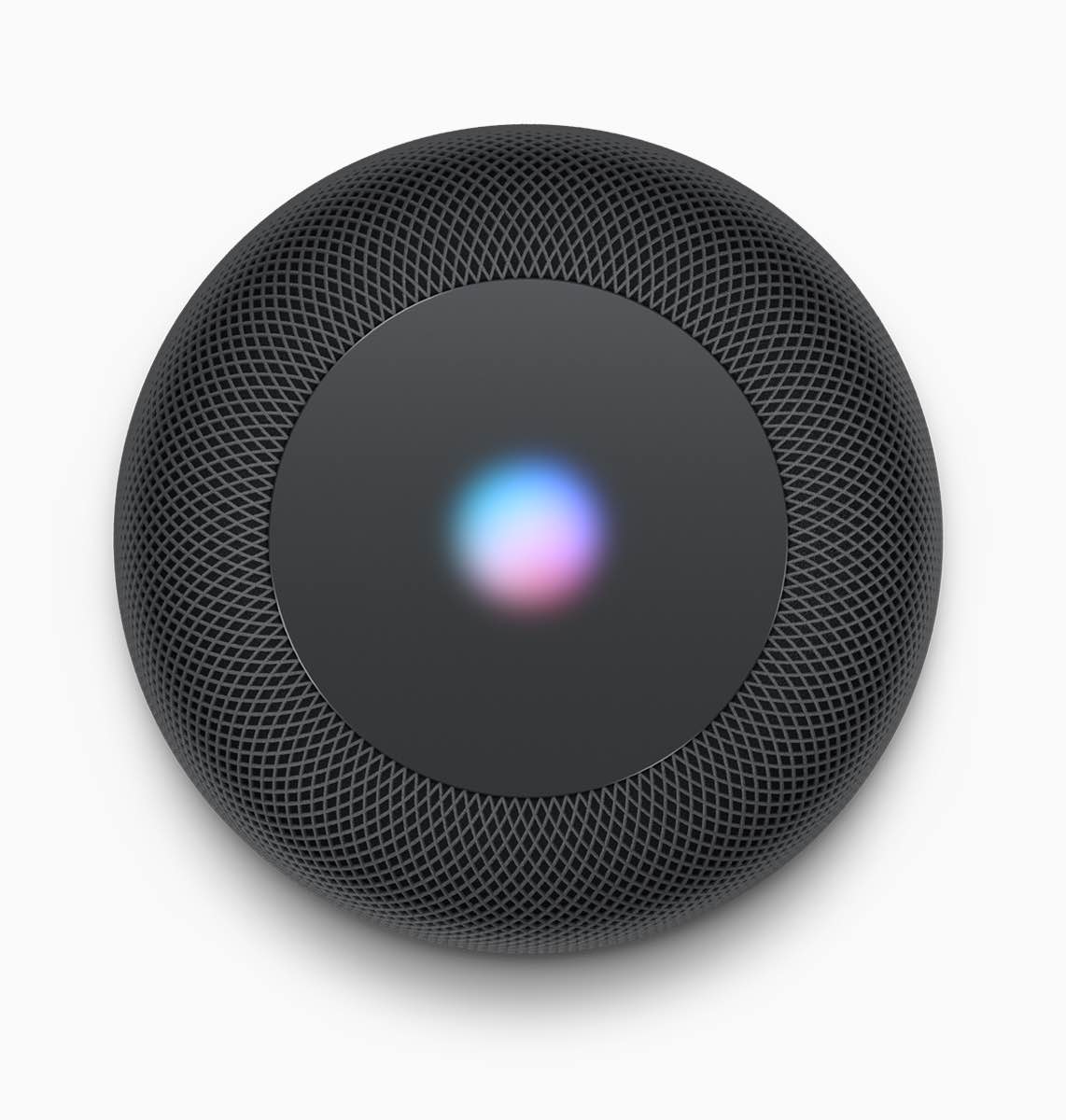
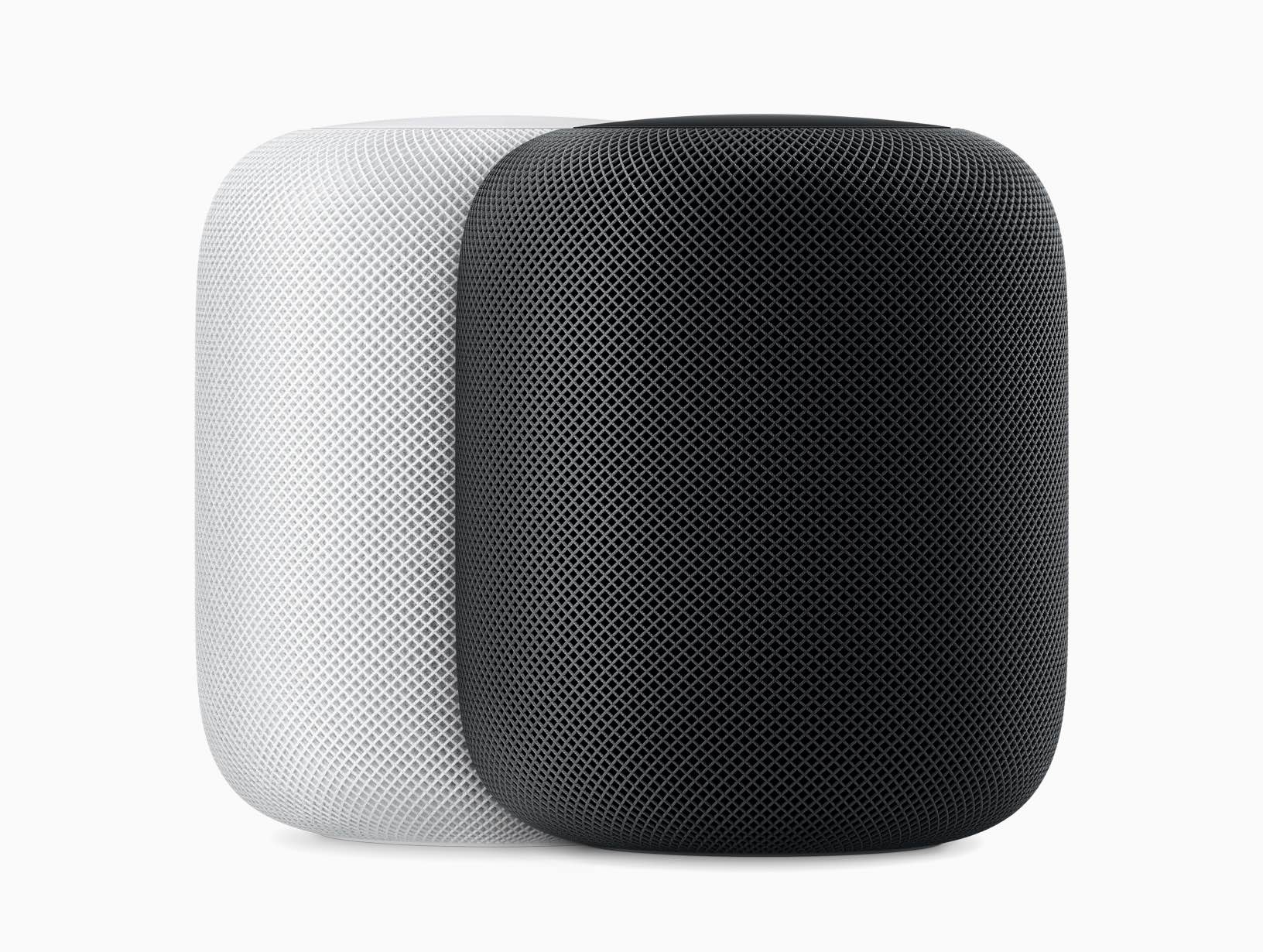

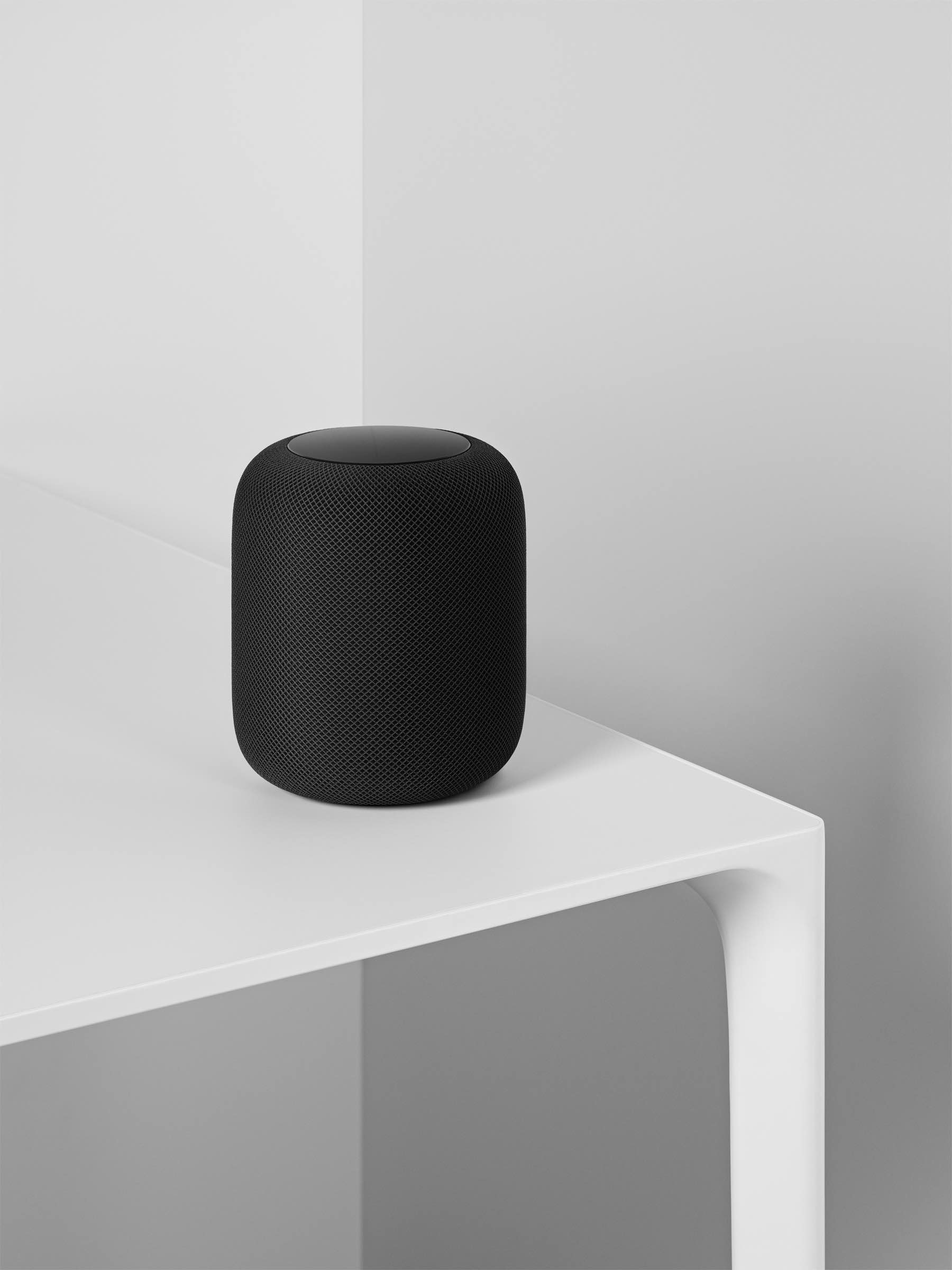
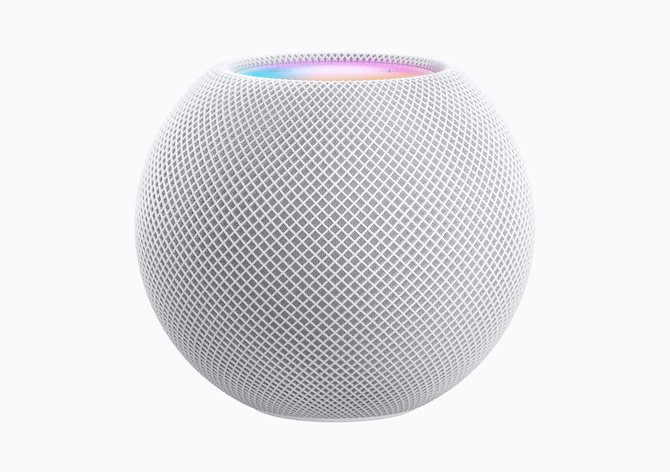

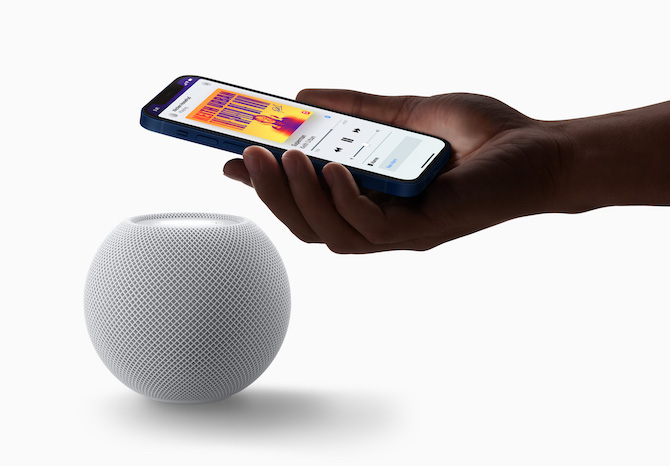
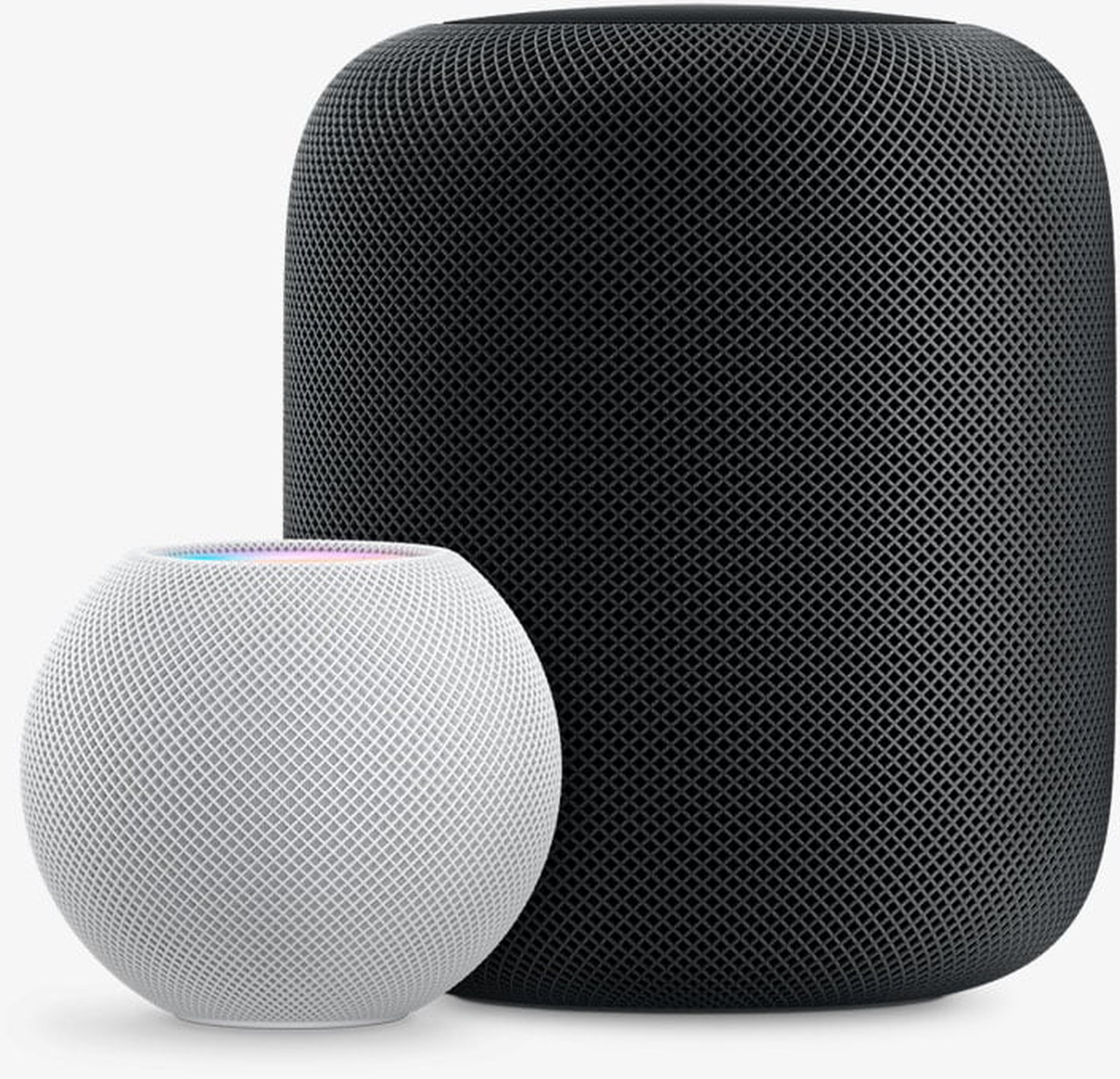
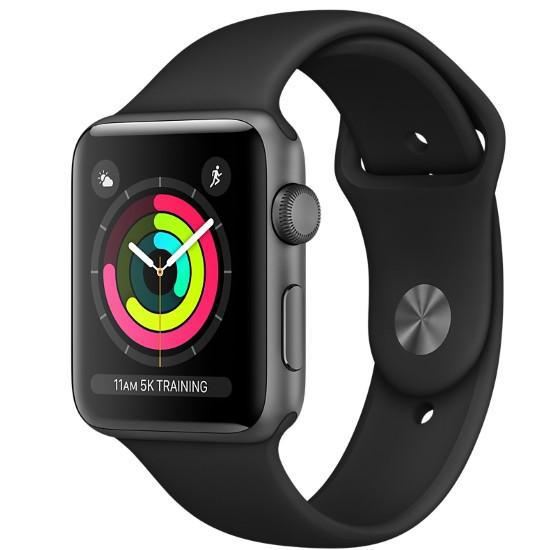
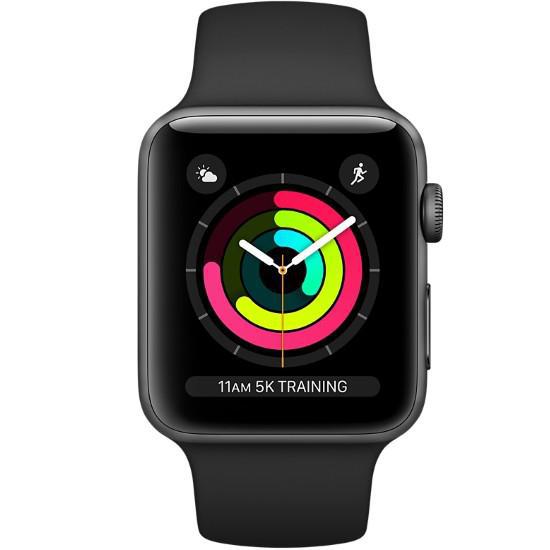
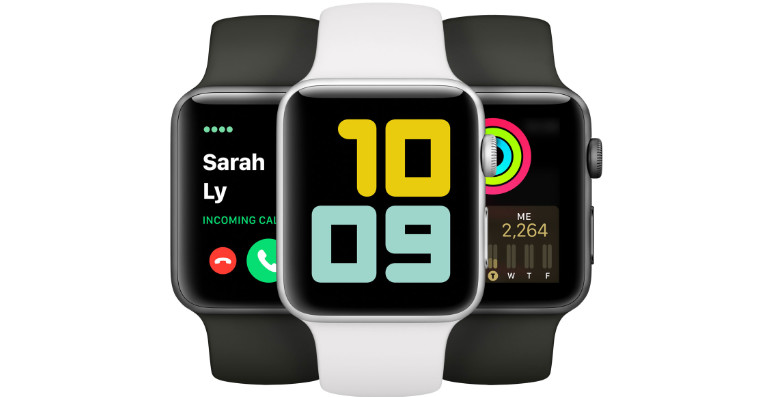
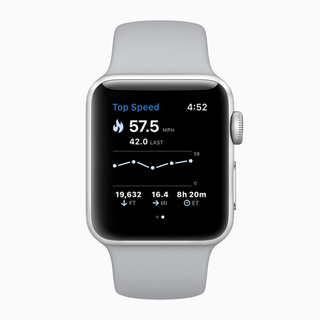
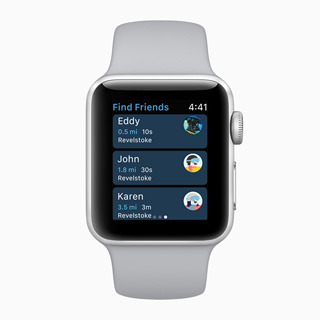

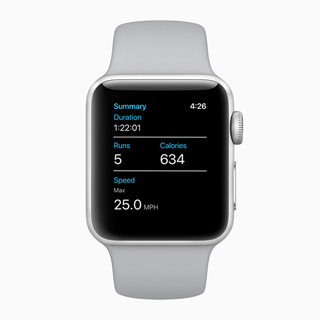
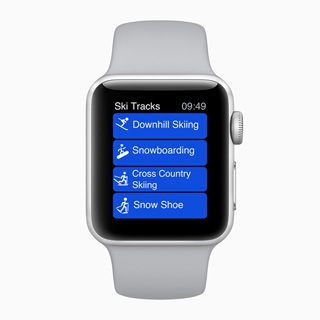
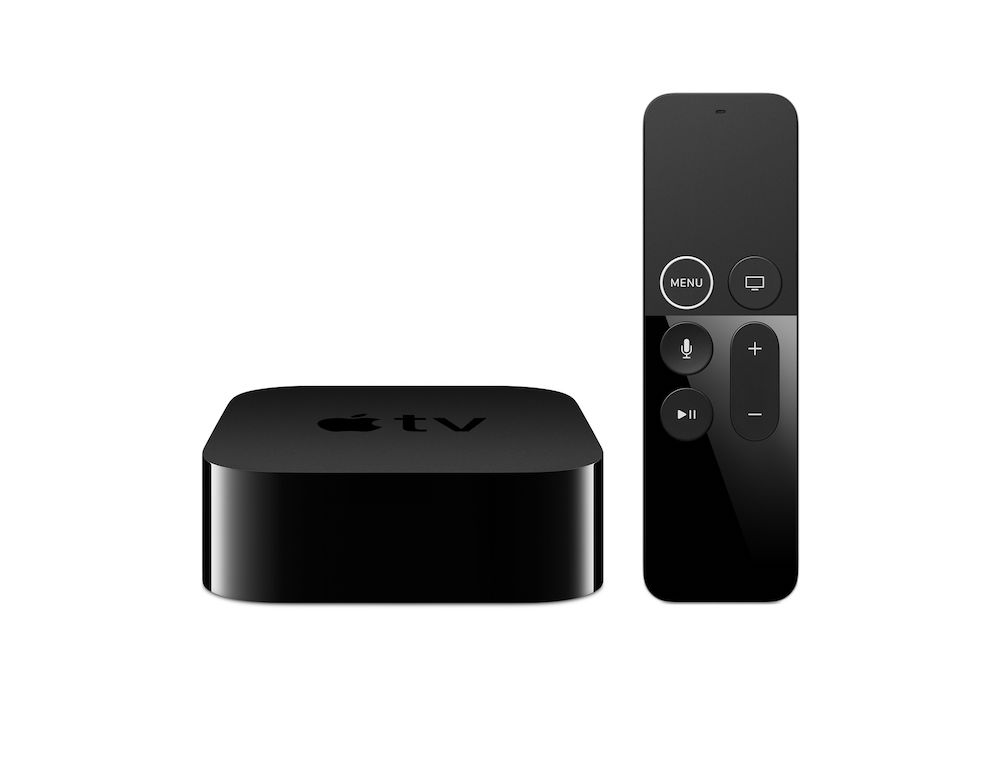
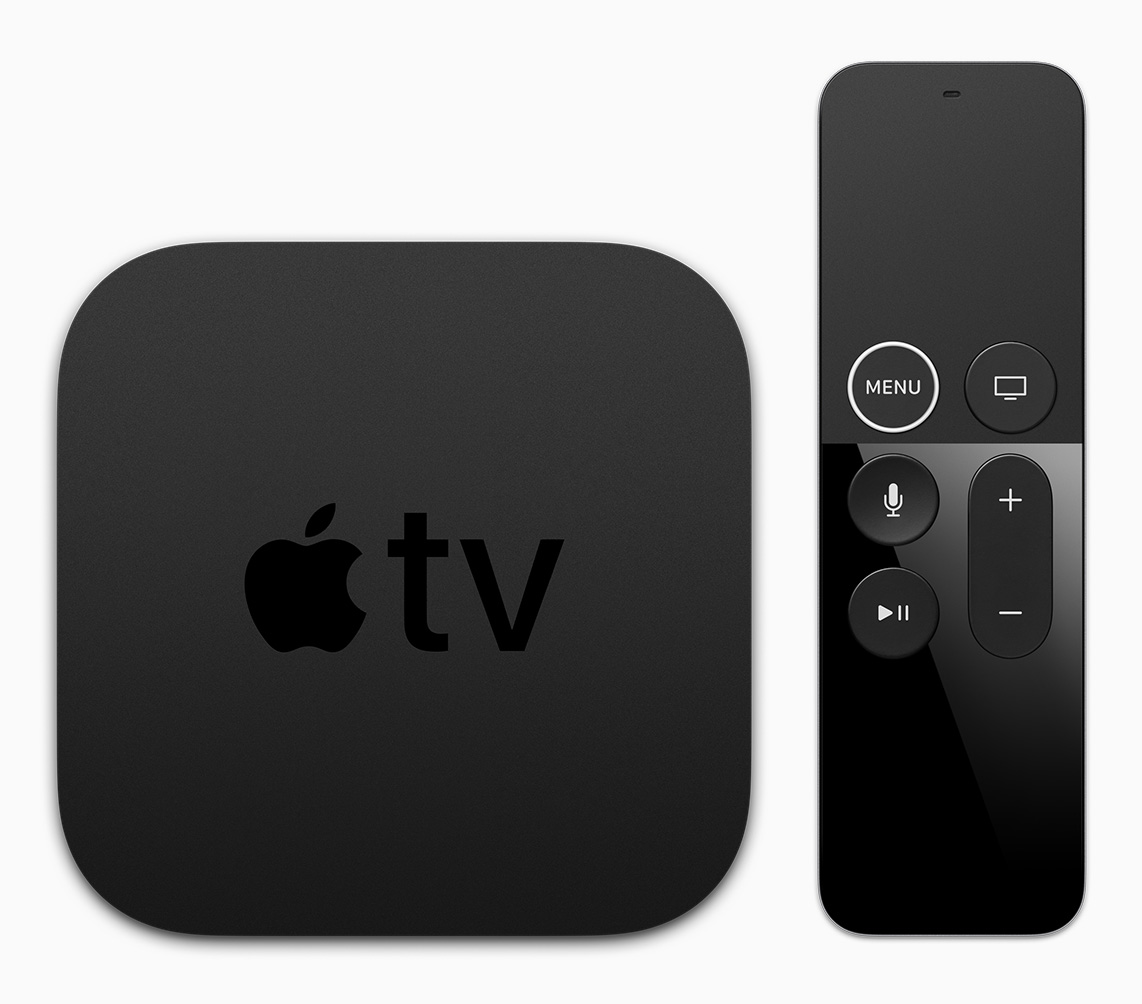
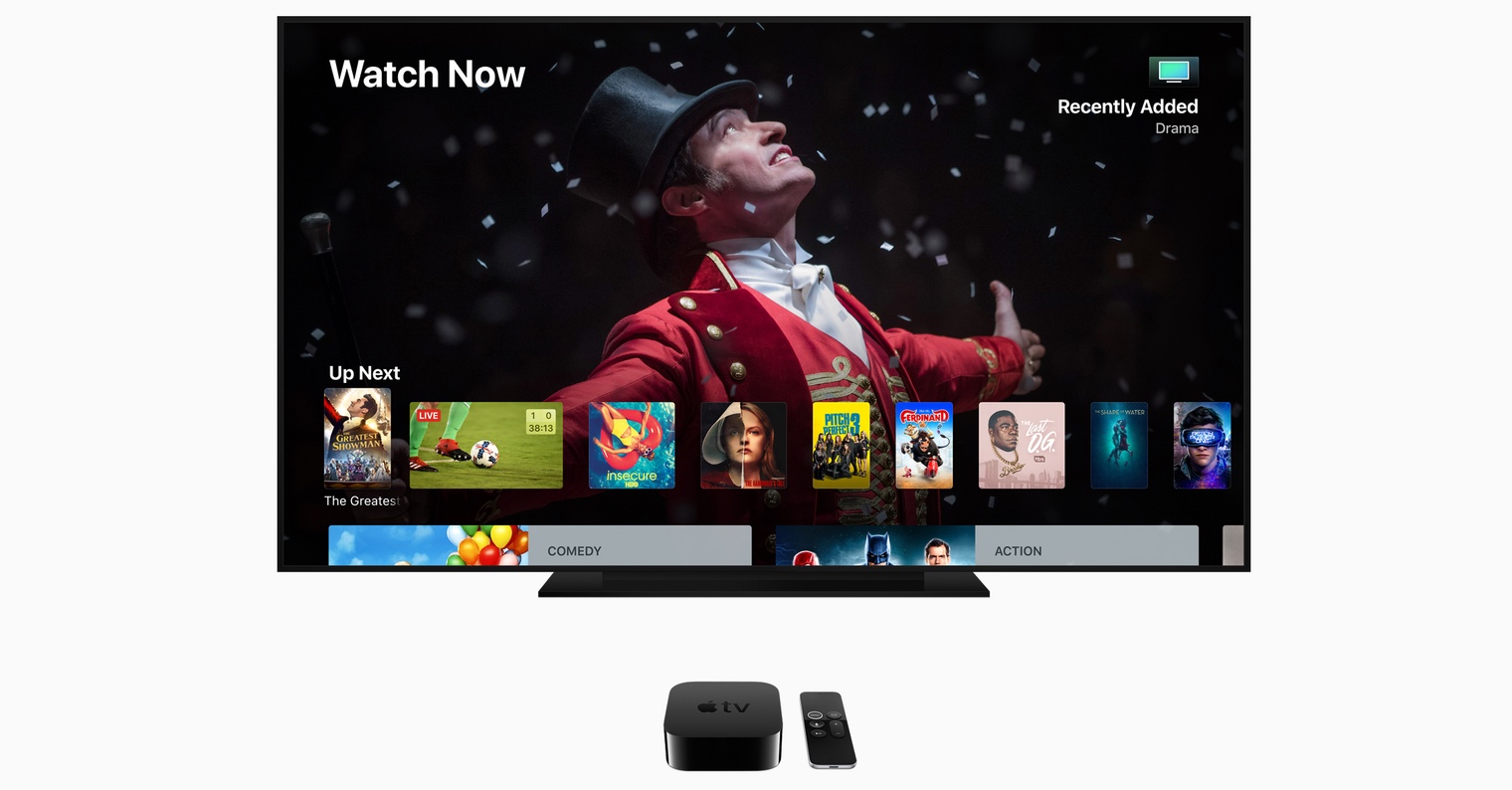
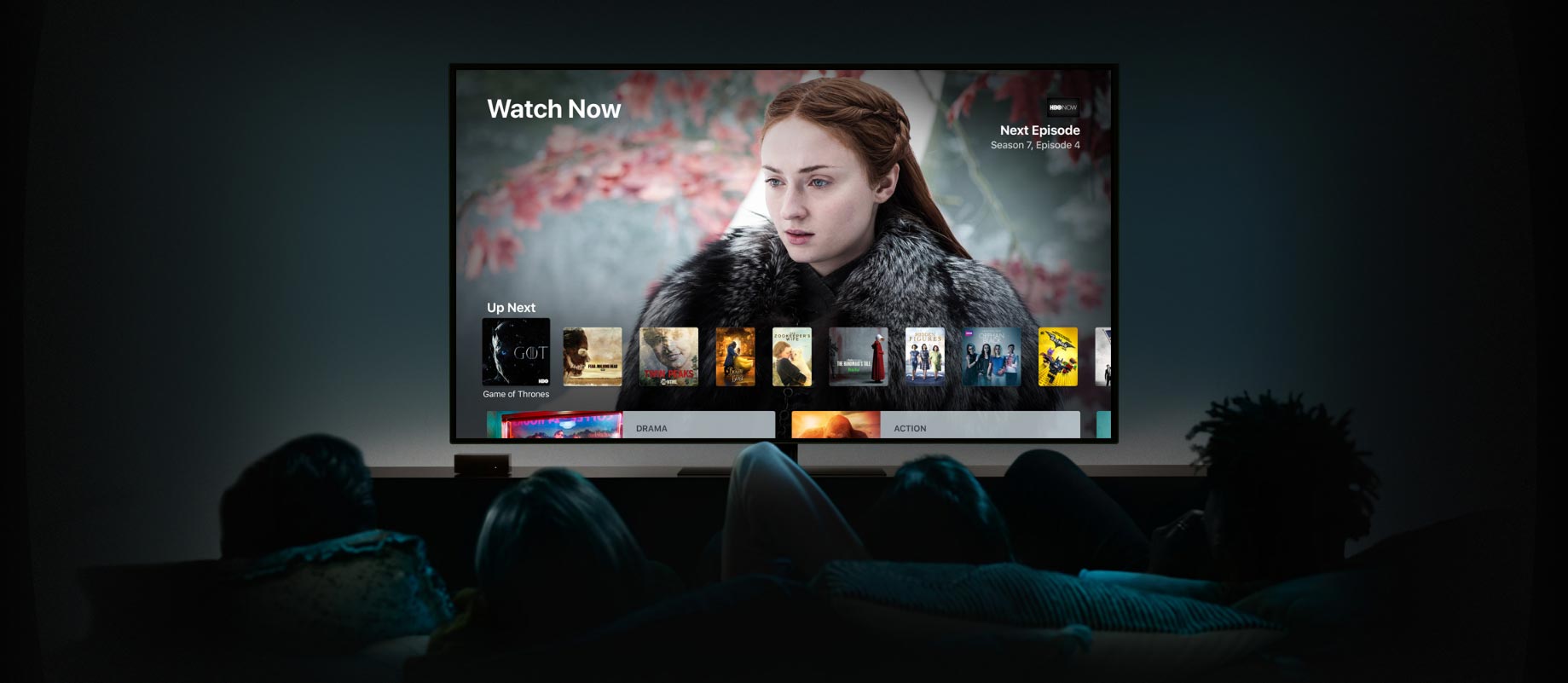

Does the title really make sense to you? Because it is written so ineptly that it implies the discontinuation of the iMac Pro in 2017.